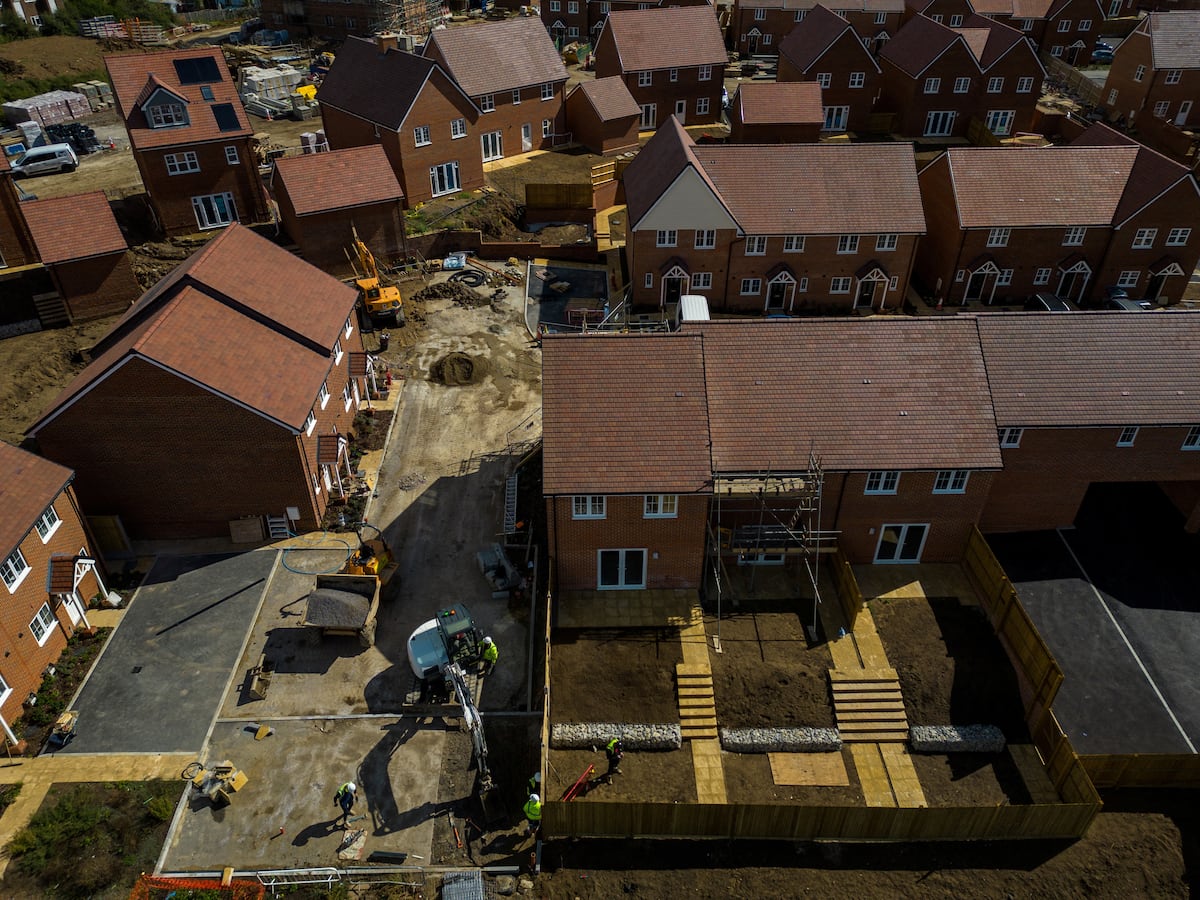Prices have risen by 54% in the United States, 32% in China and nearly 15% in the European Union between 2015 and 2024. Though policies have been implemented to increase supply and regulate rentals, their impact has been limited and the problem is getting worse
Housing access has become a critical issue worldwide, with cities that were once accessible reaching unsustainable price points. Solutions that have been proposed, like building more houses, capping rents, investing in subsidized housing and limiting the purchase of properties by foreigners have not stemmed the issue’s spread. Between 2015 and 2024, prices rose by 54% in the United States, 32% in China and by nearly 15% in the European Union (including by 26% in Spain), according to the Organisation for Economic Co-operation and Development.
…
Salaries have not grown apace with real estate prices. In the EU, the median rent rose by 20% between 2010 and 2022, with rental and purchase prices growing by up to 48%, according to Eurostat. Underregulated markets are wreaking havoc, and in the United States and Spain, 20% of renters spend more than 40% of their income on housing, while in France, Italy, Portugal and Greece, that percentage varies between 10% and 15%, according to the OECD. Many countries have created programs aimed at increasing the future supply of public housing, but their effectiveness has yet to be determined and analysts say that results will be limited if smarter regional planning decisions are not made.



Yeah I think you meant to hit my comment here. I didn’t say it wasn’t a “pretty good life.” We’re sort of making points past each other at this point, but the gist is that 1. Dagwood is correct, you could get a decent house on minimum wage etc., however 2. I believe the notion of the middle class is a myth pushed to keep us struggling to work harder and to flatten diversity for ideological reasons (see my first comment).
I suspect we’re running with different versions of “middle-class”.
In Europe middle-class used to be about the kind of work one did and roughly correlated with doing or not manual work - those doing manual work were considered working class and those doing office work were middle class.
This tended to also match incomes, so middle-class usually had a middle range income, higher than the working class but not as high as the rich.
This all sorta matched because non-manual work was generally either some kind of management position or some position requring higher education - such as, say Medical Doctor, Engineer or Architect - which very few people back then had.
It wasn’t about what an income could buy, it was about the kind of work people did, their level of formal education and the level of their income compared to others.
Things have however changed a lot - a much higher percentage of people have higher education, most of the income advantage of higher education is gone and in general all layers but the rich have fallen down in the income ladder - were there was a middle class there is now mostly a gap and essentially the working class and the middle class have been squeezed together.
IMHO, what we have nowadays is a two class system:
However we were talking about the 60s and I do belive there was actually a “middle class” back then, at least per the definition we had in Europe.